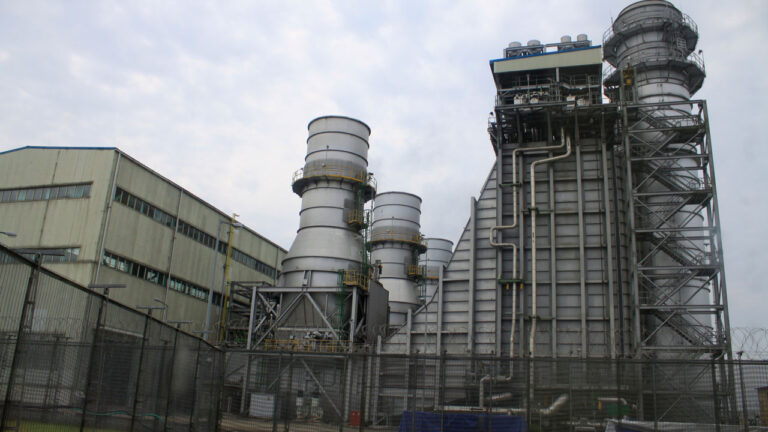Nigeria has taken a significant step toward solving its persistent power crisis with the commissioning of a new 414-megawatt (MW) gas-fired power plant in Geregu, Kogi State. The plant, officially launched by President Olusegun Obasanjo, is expected to provide a much-needed boost to the country’s national electricity grid, especially after recent generation setbacks.
The Geregu power station is one of four major plants initiated in 2002 under Nigeria’s national power development strategy. President Obasanjo announced that the remaining three plants are near completion and will inject an additional 1,174 MW into the grid. Once completed, these projects are expected to raise Nigeria’s total power generation capacity to over 10,000 MW.
“Today marks the beginning of a new era in which Nigerians can expect to see progressive improvements in the quality and reliability of electricity supply,” President Obasanjo stated at the commissioning ceremony.
Power Crisis Worsened by Gas Shortages and Sabotage
Nigeria, Africa’s largest oil producer, has struggled for decades with erratic electricity supply. Power generation dropped to around 1,500 MW last month—roughly half of previous output—due to gas shortages caused by technical faults and repeated attacks on pipelines, particularly in the volatile Niger Delta region.
Since early 2006, disruptions caused by militant sabotage of major gas supply lines have severely crippled output from key thermal plants. The impact has been devastating for homes and businesses alike, many of which rely heavily on expensive diesel generators for backup power.
Expanding Capacity Amid Systemic Challenges
Although Nigeria has an installed capacity of around 6,000 MW, actual output has long lagged due to poor infrastructure, corruption, mismanagement, and pipeline insecurity. Most power plants operate at less than half their capacity.
To address these long-standing issues, the federal government has invested $2.5 billion from oil revenues in the construction of seven additional gas-fired power plants in the Niger Delta region. This follows years of failed attempts to revamp ageing infrastructure with billions of naira in public spending that yielded minimal results.
A Long-Term Vision for Power Reform
The government has outlined a 25-year electricity master plan aimed at radically transforming Nigeria’s energy sector. The goal is to achieve a generation capacity of 100,000 MW, making power reliable, self-sustaining, and led primarily by the private sector. This vision aligns with Nigeria’s broader ambition to fast-track industrialisation and become a regional economic powerhouse.
As part of its energy diversification efforts, the government also recently approved a $6 billion plan to develop nuclear power plants within the next 10 to 15 years, aiming to eliminate the country’s chronic electricity shortages.
Reforms and Private Sector Engagement
The Nigerian electricity sector is currently undergoing structural reforms. The national utility has been unbundled into multiple entities—seven generation companies (GenCos), one transmission company, and eleven distribution companies (DisCos)—as part of the ongoing privatisation process. The reforms are designed to encourage private investment and improve overall efficiency and service delivery.
Nigeria is also actively promoting independent power projects (IPPs) to further enhance generation capacity through private sector involvement.
A New Hope for Nigeria’s Power Sector
While many challenges remain, the commissioning of the Geregu power plant represents a tangible step forward in the country’s push for energy stability. As additional plants come online and reforms take root, the hope is that Nigeria’s power sector will finally begin to meet the demands of its growing population and economy.
With continued investment, security improvements, and structural reforms, the future of power in Nigeria may finally begin to brighten.

